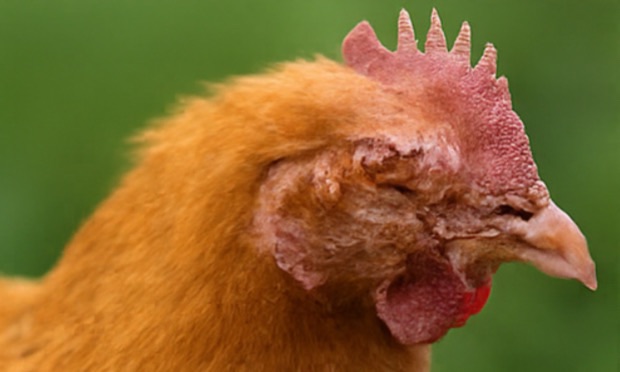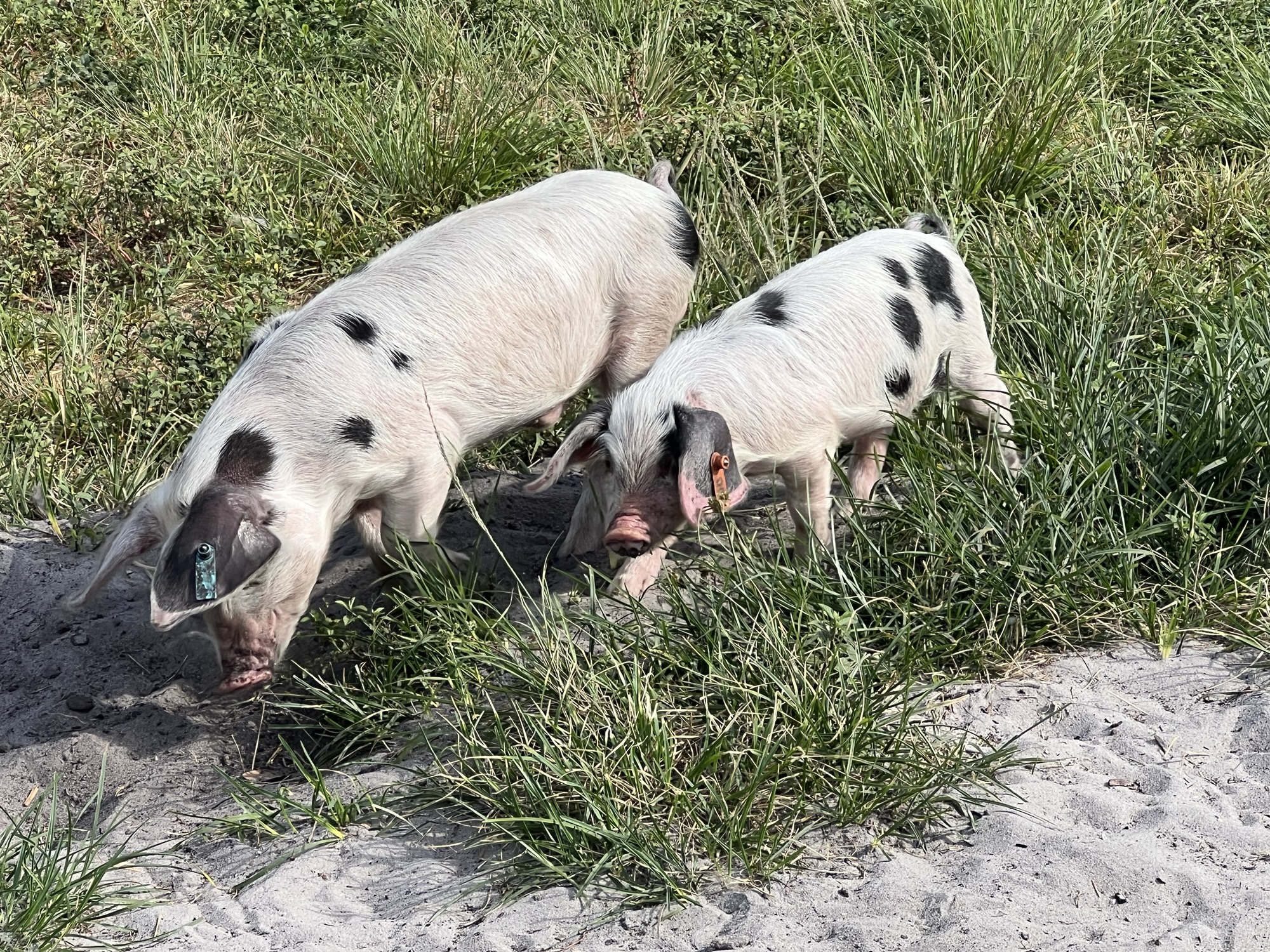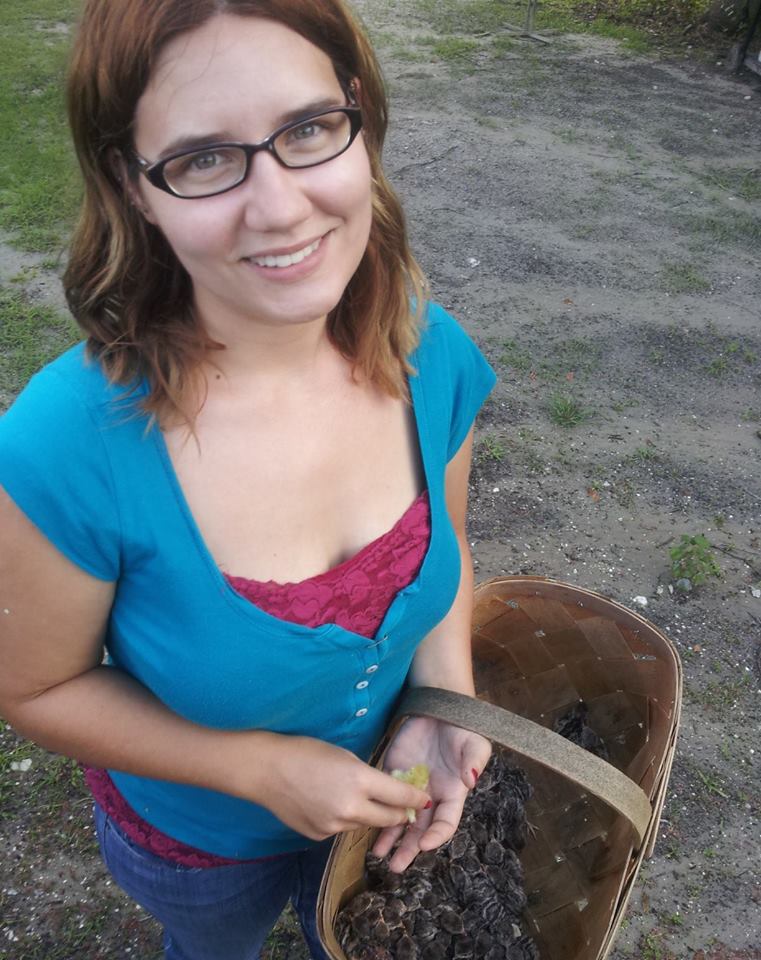In the world of poultry breeding, the term “sorting birds” is a fundamental aspect of flock management that plays a crucial role in maintaining the health, productivity, and genetic quality of the birds. For both novice and seasoned breeders, understanding the intricacies of this process is essential for the success of their operations.
What Does “Sorting Birds” Mean?
Sorting birds is the process of evaluating and categorizing the flock based on various criteria. This practice is not just a routine task but a strategic approach that allows breeders to manage their birds effectively, ensuring that each bird fulfills its intended purpose within the operation. Here’s a closer look at what sorting entails:
1. Gender Sorting:
One of the primary reasons breeders sort their birds is to separate males from females. This is particularly important in operations focused on breeding or egg production. By identifying and sorting birds by gender early on, breeders can manage breeding pairs, control population growth, and optimize the productivity of their layers. Gender sorting is often done when the birds are still chicks, relying on visual cues or vent sexing techniques to determine their sex.
2. Quality Sorting:
Quality sorting is where a breeder’s eye for detail truly comes into play. Birds are evaluated based on specific traits such as conformation, feathering, size, and overall health. Those that meet the breeder’s standards are kept for breeding to enhance the desired characteristics in future generations. Birds that do not meet these standards may be sold, culled, or repurposed within the operation. This selective breeding process is vital for improving the genetic stock and achieving the breeder’s long-term goals.
3. Age Sorting:
As birds grow, their needs change. Age sorting allows breeders to group birds by their stage of development, ensuring that each group receives the appropriate care, nutrition, and housing. For example, chicks require different temperatures, feed, and protection compared to adult birds. By sorting birds by age, breeders can streamline their management practices and optimize the environment for each age group.
4. Health Sorting:
Health is paramount in any poultry operation, and sorting by health status is a proactive measure to maintain a disease-free flock. During health sorting, breeders identify and separate sick or injured birds from the healthy flock. This step helps prevent the spread of illness, allows for targeted treatment, and ensures that the majority of the flock remains in peak condition. Regular health checks and sorting are crucial for early detection and intervention, ultimately protecting the entire operation.
5. Purpose Sorting:
Poultry breeders often have specific goals for their birds, whether it’s breeding, egg production, meat production, or exhibition. Purpose sorting is the process of categorizing birds based on these intended uses. For example, birds with excellent conformation and feathering might be sorted for exhibition, while those with high egg-laying potential are designated for production. By aligning the birds’ qualities with their purpose, breeders can maximize the efficiency and profitability of their operation.
The Strategic Role of Sorting
Sorting birds is more than just an organizational task—it’s a strategic practice that influences the success of the entire poultry breeding operation. By carefully sorting their flock, breeders can make informed decisions that enhance the quality of their birds, improve flock management, and ultimately contribute to the sustainability and profitability of their business.
Whether you are new to poultry breeding or a seasoned expert, understanding the importance of sorting birds is key to achieving your breeding goals. It allows you to maintain control over your flock, ensuring that each bird is in the right place at the right time to fulfill its potential.
In the end, sorting is about more than just separating birds—it’s about shaping the future of your flock, one bird at a time.









